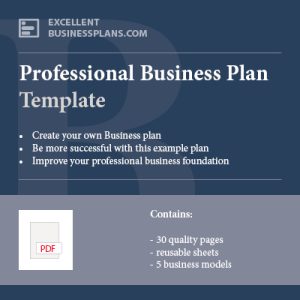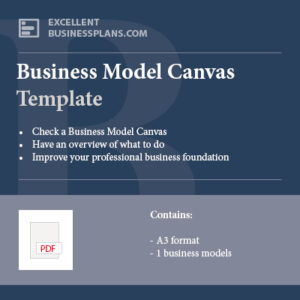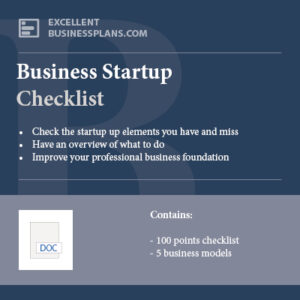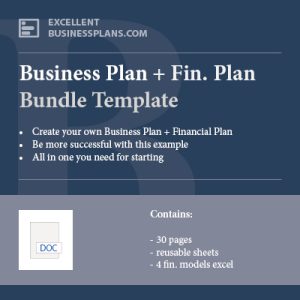How do you know if your business idea is good?
Wondering if your business idea is the right one? Consider these key questions to help you assess its success potential: Does it have enough market appeal? Is there a need for it? Can it generate enough revenue? Can it make a profit?
Here are 7 steps in checking if your business idea is good
To create a successful business idea, start by generating ideas and selecting the most interesting and viable ones. Enhance your ideas and improve them by adding elements that could make your idea more appealing. Perform a market test by asking potential customers for feedback, then use this to enhance your business idea. Check for competitors to see if a similar idea is being successful. Think about if this idea truly fits your background and interests, then retest your market to make sure your idea is relevant to customers.
- First generate ideas. Look at all possible options.
- Then select some of the ideas. In this consolidation phase, try to select the most interesting and viable ideas.
- Then enhance your ideas and improve them. You add elements to your business idea with other elements.
- Perform a market test. Check with your potential customer types – ask for the buy and try selling it. This is the most important step. Lean startup theory says, start here, so you don’t waste time in selecting the wrong elements, and start with the customer first. If you feel you are not ready enough you can ask online for for feedback or try to ask your potential customers.
- Look for competitors, do they fare well with a similar idea? How do they make money?
- With this customer feedback, go back to your drawing board. Maybe your price is too high/low, you need to create better software or something else. Think again about creating value for the potential customer (what are pain points to solve with your solution, etc.). Apply this to your updated business idea.
- Think if this idea really fits your own background and interests. Check your personal motivation. Take a moment to consider whether this idea is a good fit for you and your passions. Reflect on your reasons for pursuing this opportunity.
- Perform a market test, again. Retest in your market, iterate if needed. After a while you get enough feedback to enhance your business idea to a relevant customer proposition.
Validating your business idea
Testing your business idea and revisiting it on a regular basis is essential for success. This process of ‘validating your business idea’ involves refining and improving your idea until it becomes a more realistic concept. Check out our helpful article on ’10 ways to Improve Your Business Idea’ for more information and tips.






